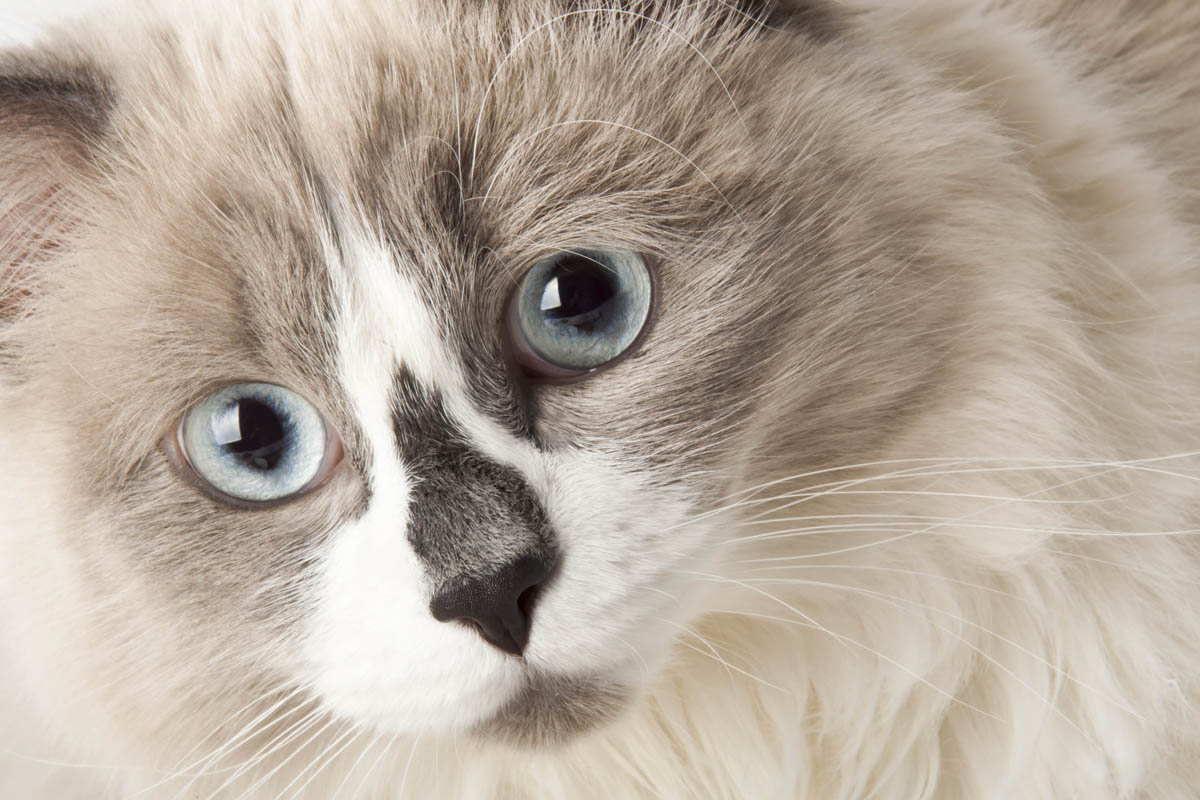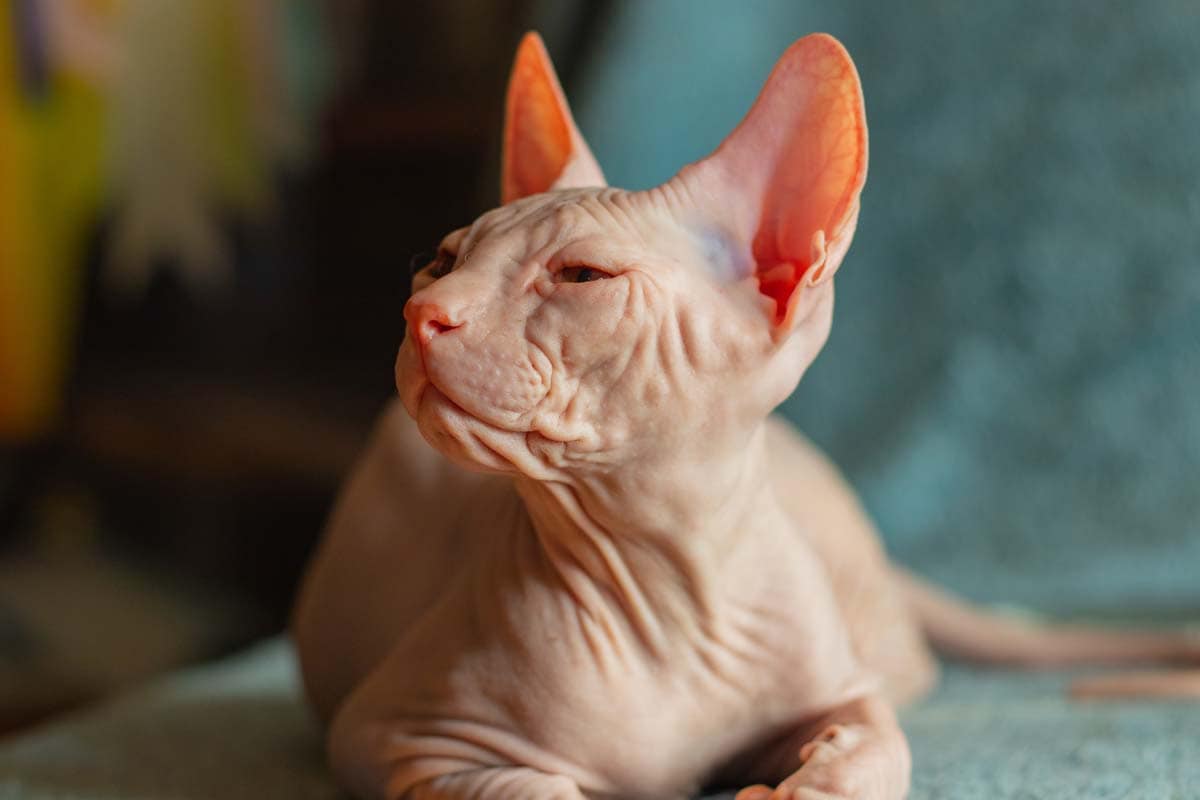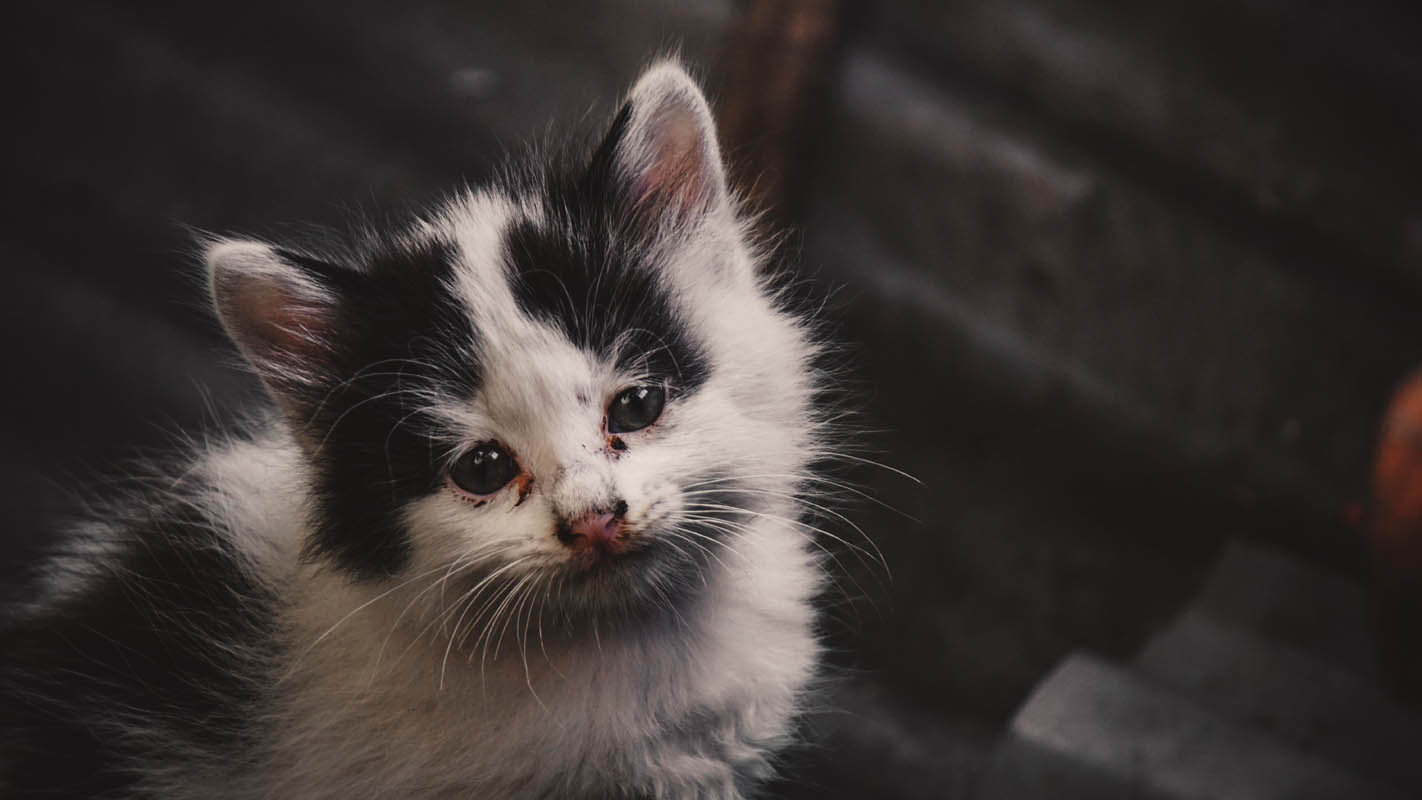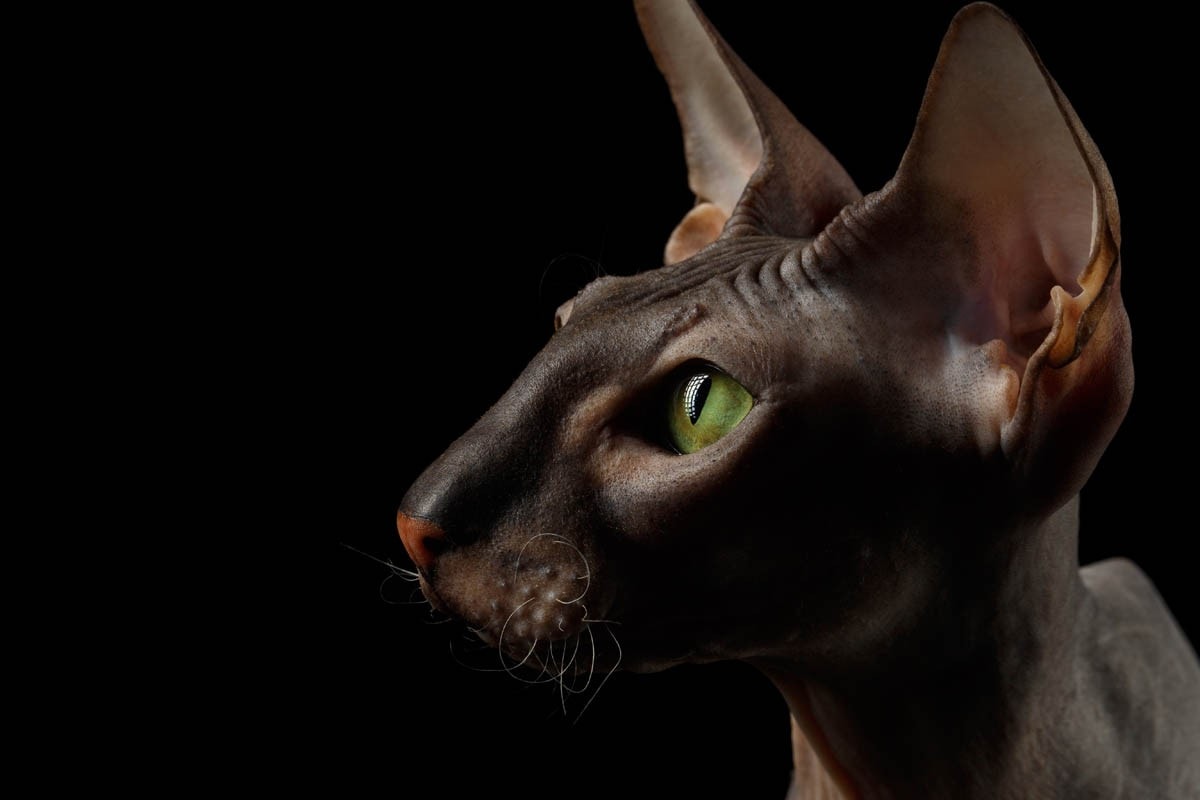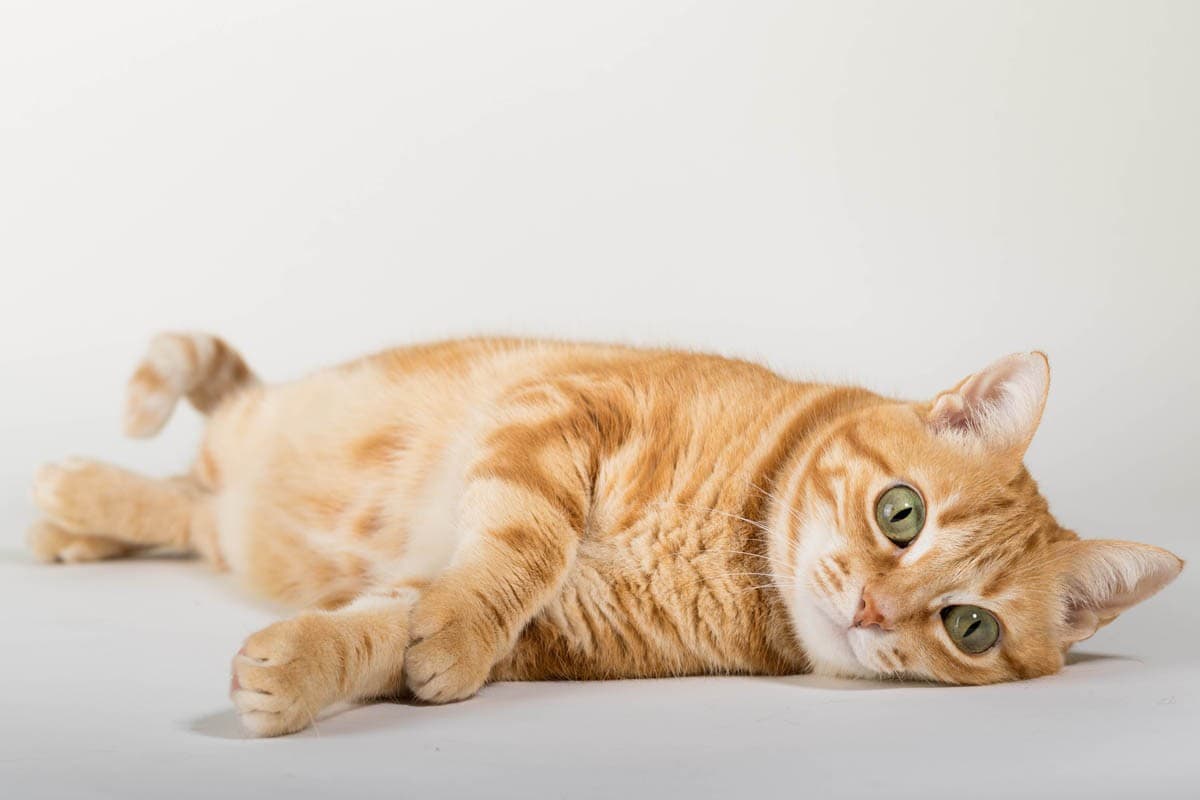At a glanceWhat is ascites? Ascites is the accumulation of fluid in the peritoneal cavity, which causes abdominal swelling. What causes ascites in cats?
|
 Julia Wilson, 'Cat World' Founder
Julia Wilson, 'Cat World' Founder
Donskoy Cat Profile
At a glance
|
Blood Pressure (High & Low) in Cats
What is blood pressure?
Blood pressure is the force in which the blood is exerted against the walls of the arteries in the body. Think of your arteries as a pipe, for cats with high blood pressure, the blood travels through these pipes at a higher pressure than normal.
There are two readings from blood pressure tests:
- Systolic – Is the pressure as the heart contracts
- Diastolic – Is the pressure as the heart relaxes and fills with blood
High blood pressure is an under-diagnosed disease that can lead to significant health problems. Senior cats should have their blood pressure checked every 6 months.
Broken Leg In Cats
Most broken bones which affect cats are due to trauma, such as being hit by a car or a fall from a height. Other causes of broken bones in the leg include bone infection, cancer and hormonal imbalances which weaken the bone.
The most common bone breakages seen in cats is a broken pelvis, broken legs, and broken tail. This article refers to broken legs, for more information on broken pelvis in cats, read here.
Cat Cold-What To Do If A Cat Has The Snuffles
Can cats catch a cold?
Technically no, they don’t catch colds as humans do. Human colds are caused by the rhinovirus and are host specific. Cats do catch upper respiratory infections though (also known as cat flu), which have similar symptoms to colds that we get.
Symptoms
- Nasal discharge
- Eye discharge
- Fever
- Mouth ulcers
- Sneezing
- Coughing
- Loss of appetite
The two main viruses which are responsible for 80% of upper respiratory infections in cats are “feline herpes” and “calicivirus”. Other pathogens include chlamydia, bordetella, and mycoplasma.
Peterbald Cat Breed Profile
At a glance
|
Cat Nose – All About Your Cat’s Nose
The nose is the first organ of the cat’s respiratory system. Its role is to take in (inhale) oxygen and push out (exhale) carbon dioxide. As air enters the nasal cavity, debris is filtered and the air warmed and moistened. In addition to breathing, the nose is an early line of defence against inhaled pathogens. Mucous membranes (nasal mucosa) line the inside of the nose, which is composed of epilitheum, basement membrane and lamina propea. The respiratory epilitheum contains fine hairs (cilia) and mucus producing goblet cells. Mucus traps pathogens that enter the nasal passage, killing or trapping them.
Acute Diarrhea in Cats
Acute diarrhea is the sudden onset of loose or watery stools lasting up to 14 days. Cats with diarrhea may pass more than the usual amount of feces, defecate more frequently, stools may start solid and turn watery.
All About Cat Urine, from Our Vet [with a Urine Color Chart]
In this article, we will explain why cat urine generally smells bad, what color cat urine should be (including a cat urine color chart), and answer frequently asked questions with Dr. Jamie Whittenburg, director of Kingsgate Animal Hospital in Texas, and our veterinarian lead here at Cat World.
What is urine?
Urine is a fluid that contains water and waste products that are secreted by the kidneys. The urine is stored in the bladder until it is voided (discharged) via the urethra. The purpose of urine production is to eliminate excess water and water-soluble wastes from the body.
How To Take Care Of A Pregnant Cat
Cats are known for their self-sufficiency and relatively low care, and that extends to feline pregnancy too. However, there are certain areas in which the future cat mum (known as a queen) will need a little more care.
